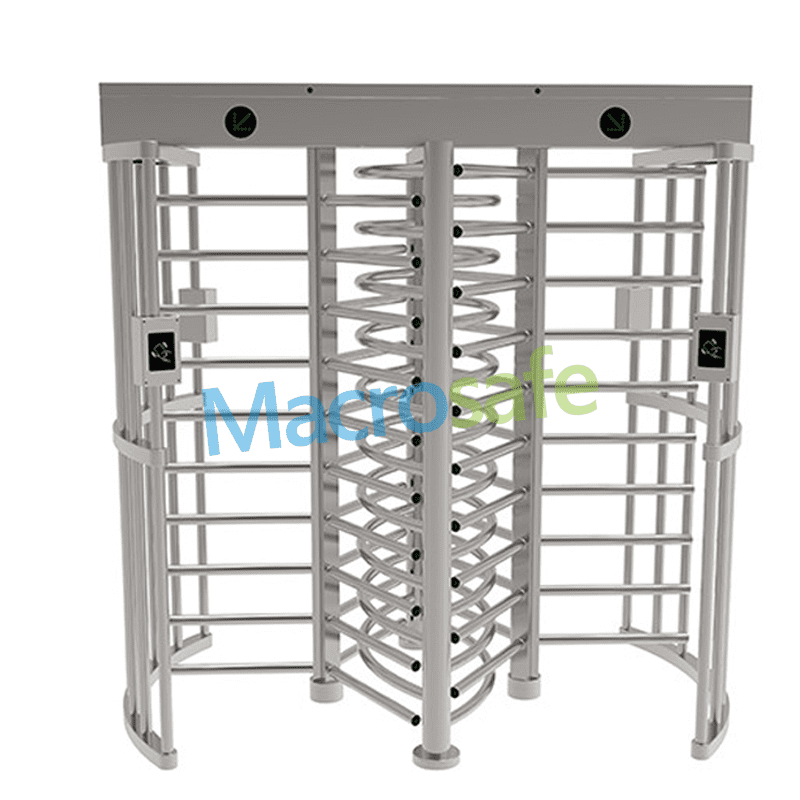As industries continue to evolve and embrace technology, the field of industrial turnstiles is also undergoing significant advancements. Automation, connectivity, and the Internet of Things (IoT) are playing vital roles in shaping the future of these security systems. This article will explore these key trends, discussing their potential impact on the industrial sector and the benefits they bring.
-
Automation: Enhancing Efficiency and Security
Table of Contents Show
Automation is revolutionising the function of industrial turnstiles, making them more efficient and secure. Automated turnstiles are equipped with sensors and advanced algorithms that allow for seamless entry and exit of authorised personnel. By eliminating the need for manual intervention, these turnstiles reduce bottlenecks and minimise the risk of human errors. This automation not only enhances operational efficiency but also strengthens security measures by ensuring only authorised individuals gain access to restricted areas.
-
Connectivity: Integration with Existing Systems
Connectivity plays a crucial role in future industrial turnstile trends. These turnstiles can now be seamlessly integrated with existing security systems, including access control systems, biometric scanners, and surveillance cameras. By connecting these systems, organisations can create a centralised and comprehensive security network, enhancing overall safety. Real-time data sharing and analysis between different systems enable prompt responses to security breaches, ensuring a swift and effective resolution.
-
Internet of Things (IoT): Smart and Data-Driven Turnstiles
The Internet of Things (IoT) is revolutionising the industrial sector, and turnstiles are no exception. IoT-enabled turnstiles are equipped with sensors and connectivity features that allow them to collect and analyse data from various sources, generating valuable insights. For example, these turnstiles can gather data on traffic patterns, occupancy rates, and security incidents enabling organisations to make data-driven decisions and optimise their operations. Additionally, IoT integration enables remote monitoring and control of turnstiles, providing real-time updates on their status and allowing for proactive maintenance.
-
Enhanced Security Features: Biometrics and Facial Recognition
In the future, industrial turnstile will incorporate advanced security features, such as biometric and facial recognition technologies. Biometrics, such as fingerprint or iris scanning, provide enhanced security by ensuring that only authorised personnel can access restricted areas. Facial recognition technology can also be used to authenticate individuals, further enhancing security measures. These advanced authentication methods not only increase security but also improve convenience for authorised personnel, eliminating the need for physical access cards or keys.
-
Customization and Integration with Access Control Systems
Industrial turnstiles of the future will be more customizable and seamlessly integrated with access control systems. Organisations can choose from various turnstile designs, materials, and functionality to meet their specific requirements. Turnstiles can be integrated with access control systems, allowing for synchronised access management across the premises. This customization and integration offer flexibility and scalability, making it easier for industries to adapt their security systems as their needs evolve.
Conclusion:
Automation, connectivity, and the Internet of Things are driving significant changes in the field of industrial turnstiles. These future trends offer enhanced efficiency, improved security, and more data-driven decision-making. By embracing these technologies, industries can stay ahead in the ever-evolving landscape of security systems, ensuring a safer and more productive environment for their personnel and assets.








Leave a Comment
You must be logged in to post a comment.